Maps to the Stars: Where Satire Meets Schlock
David Cronenberg is a profoundly talented filmmaker, and he’s never made a normal film. But originality isn’t itself a good, and as gifted as Cronenberg may be, his ability to heighten the natural language of cinema—to create movies saturated with intrigue and weirdness—can work both ways. When he starts with a strong premise and an intelligent screenplay, he can make operatic marvels like The Fly, A History of Violence, and Eastern Promises. But give him a leaky script and false characters, and his instinctive intensity will only magnify the material’s flaws, resulting in stultifying dreck like Crash, Spider, or Cosmopolis. It’s this innate capacity for augmentation—for blowing up a picture to gargantuan size—that makes Cronenberg perhaps the worst possible choice to make Maps to the Stars, a half-baked Hollywood satire that gradually morphs into a tacky horror movie. With a less capable director, Maps to the Stars would have been little more than a harmless bore. Under Cronenberg’s lurid stewardship, it’s a fascinating atrocity.
The movie begins as a disorienting blur, introducing us to its major players and forcing us to discern their connections ourselves. We meet Agatha (Mia Wasikowska), a burn victim clad in a black dress and matching elbow-length gloves, who arrives in Los Angeles and immediately hires a chauffeur, Jerome (Robert Pattinson, who headlined Cosmopolis), to whisk her to the homes of various celebrities. Then, we’re suddenly inside one of those homes, where 13-year-old Benjie (The Killing‘s Evan Bird), a Justin Bieber-like child star, speaks lewdly with his mother, Christina (Olivia Williams). His father, Stafford (John Cusack), appears briefly and babbles about Tibet, then disappears to engage in a bizarre training session—an apparent combination of massage and hypnotherapy—with Havana (Julianne Moore), a hysterical actress with severe mommy issues. Read More

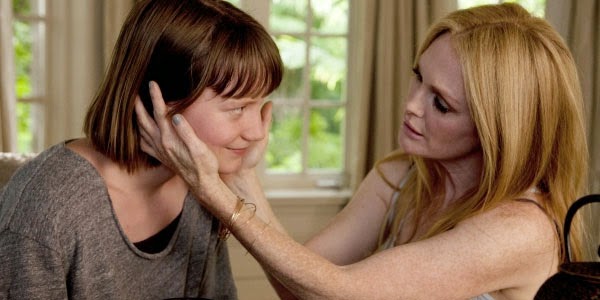
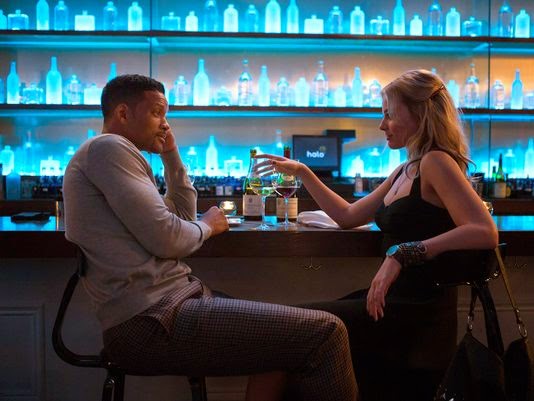
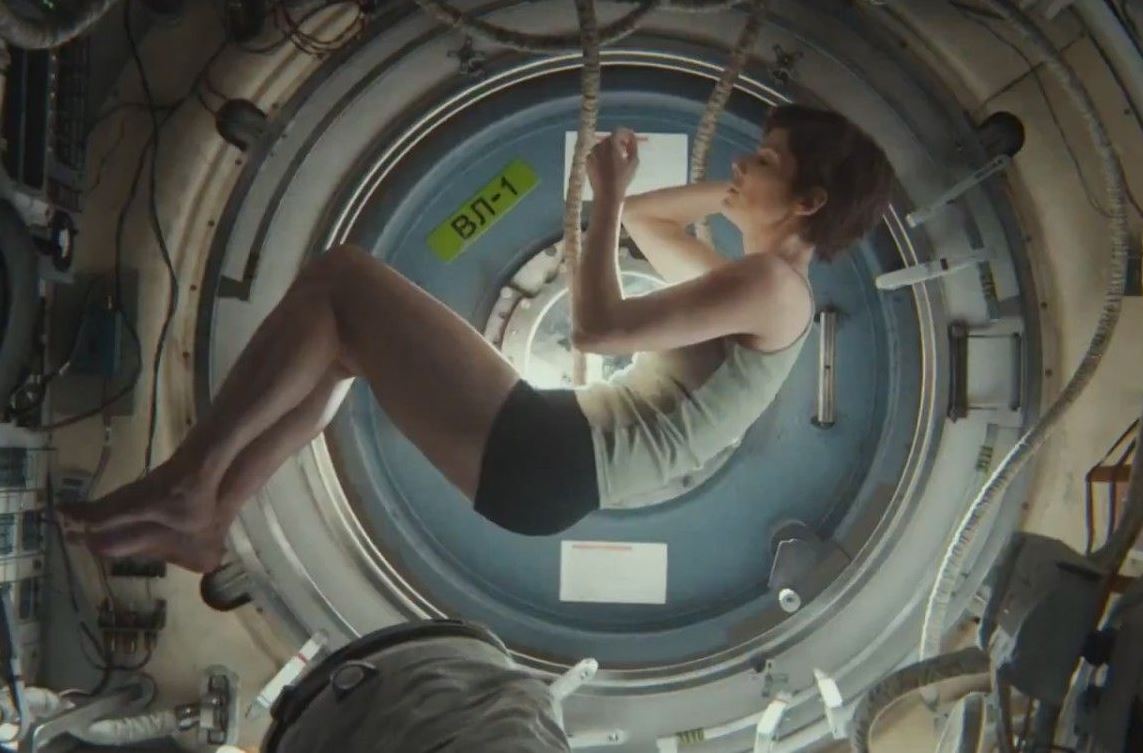 “Life in space is impossible,” the opening crawl announces in Gravity. And so it is. Beyond the confines of our atmosphere, there is—as the crawl also succinctly informs us—no oxygen, no sound, no air pressure. Astronauts who brave the pitiless environment of space must take meticulous precautions just to survive; one mistake means death. It is for this reason that space is an ideal setting for a horror movie (such as one that sports perhaps
“Life in space is impossible,” the opening crawl announces in Gravity. And so it is. Beyond the confines of our atmosphere, there is—as the crawl also succinctly informs us—no oxygen, no sound, no air pressure. Astronauts who brave the pitiless environment of space must take meticulous precautions just to survive; one mistake means death. It is for this reason that space is an ideal setting for a horror movie (such as one that sports perhaps 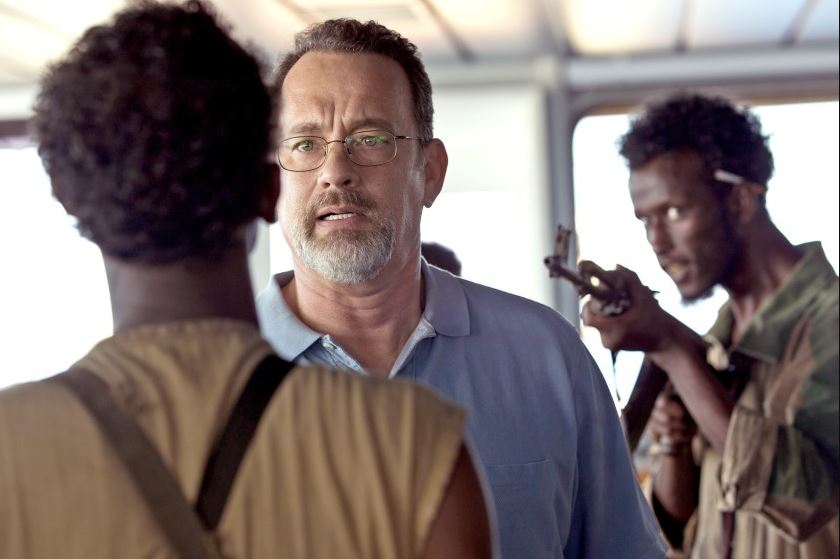
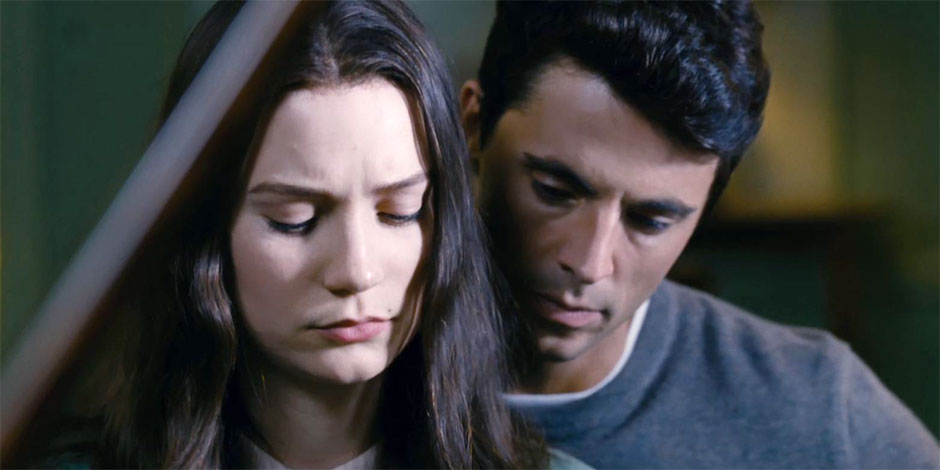 [Note: The Manifesto has reviewed 89 different 2013 releases up to this point. Some were
[Note: The Manifesto has reviewed 89 different 2013 releases up to this point. Some were